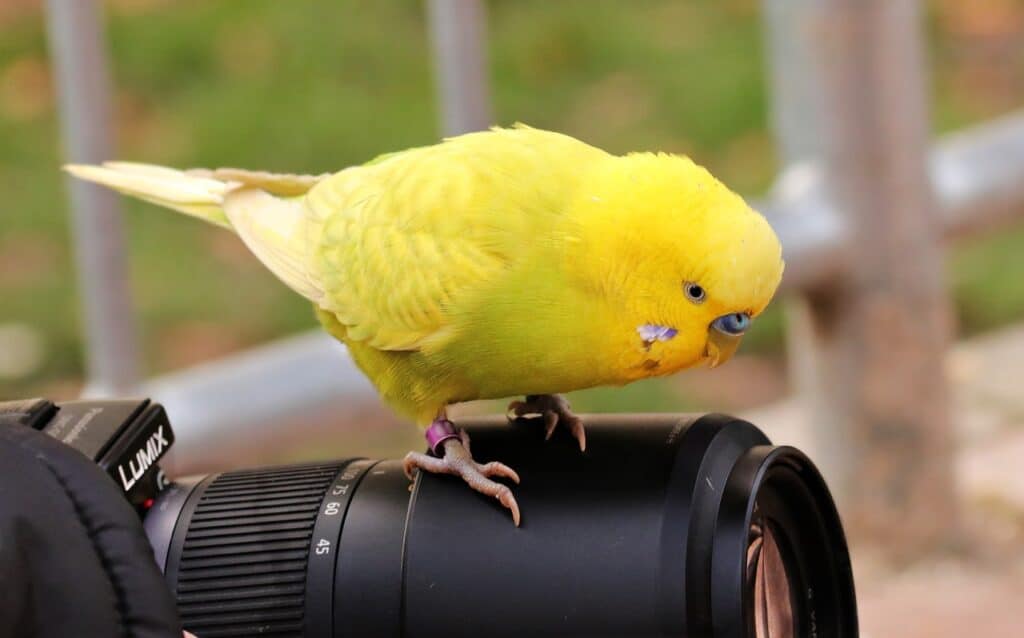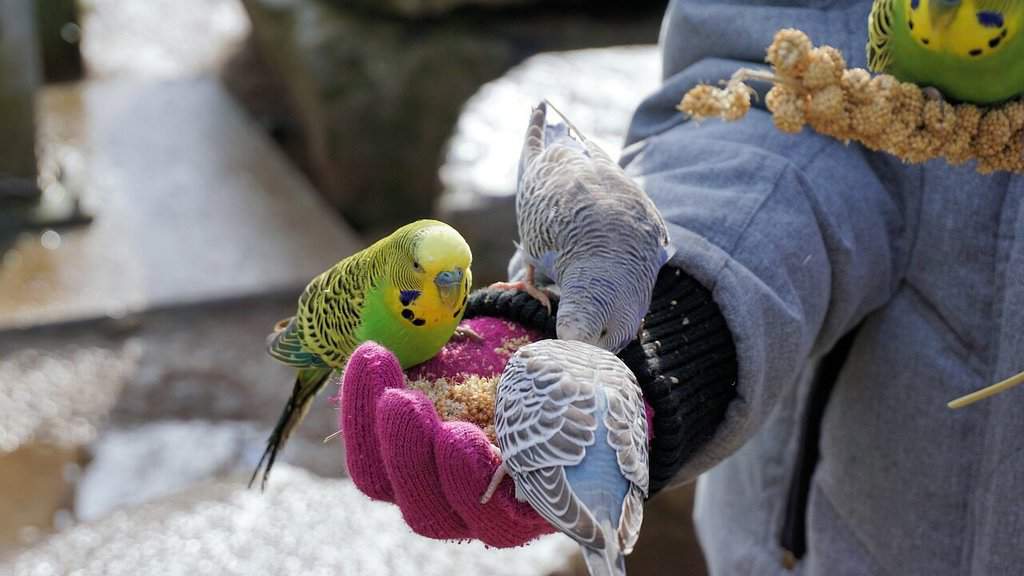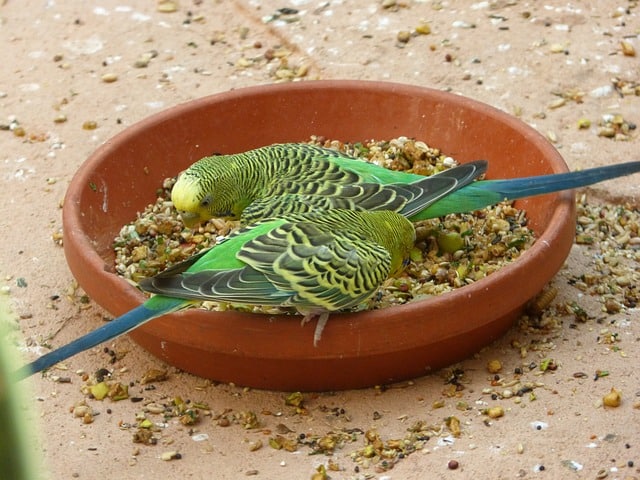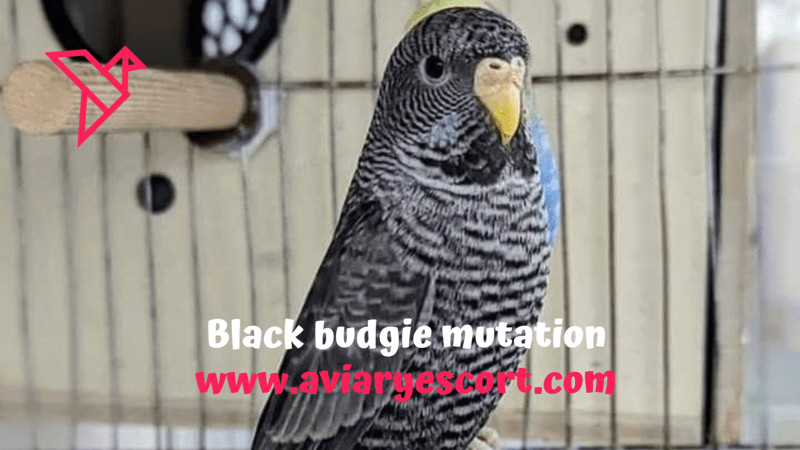Welcome to our comprehensive guide on why budgies make great pets! Budgies are good pets known for their vibrant colors, playful nature, and ability to mimic sounds. In this article, we will explore the various reasons why budgies are fantastic companions and provide valuable insights on how to care for them. Whether you are a bird enthusiast or considering bringing a budgie into your life, this guide will help you understand why budgies are an excellent choice as pets
1. The Charm of Budgies
Budgies are incredibly charming creatures that captivate bird lovers worldwide. With their radiant plumage and cheerful personalities, they bring a sense of joy and liveliness to any home. These small parrots have a distinct appearance, with their beautiful feathers ranging from vibrant blues, yellows, greens, to even stunning combinations of colors. The charm of budgies is not limited to their physical attributes but also extends to their social behavior and intelligence.

2. Budgies as Social Creatures
One of the primary reasons budgies make great pets is their social nature. They are highly sociable birds that thrive in the company of humans and other budgies. Budgies crave social interaction and enjoy spending time with their owners. They form strong bonds and can develop a remarkable level of trust with their human companions. Having a budgie as a pet means you’ll always have a delightful friend eager to engage and entertain you.
3. Budgies and Their Playful Nature
Budgies are renowned for their playful and mischievous behavior. They love to explore their surroundings, investigate toys, and engage in interactive play. You can set up an assortment of toys, swings, and ladders in their cage to keep them entertained and mentally stimulated. Their playful antics provide endless amusement and create a lively atmosphere in your home.
4. Intelligence and Trainability of Budgies
Don’t let their small size fool you; budgies are incredibly intelligent creatures. They have a remarkable ability to learn and can be trained to perform various tricks and behaviors. With patience, positive reinforcement, and consistency, you can teach your budgie to mimic words, respond to commands, and even perform acrobatic feats. The bond that forms through training sessions further strengthens the relationship between you and your pet budgie.
5. Budgies’ Melodious Chirping
The melodious chirping of budgies is a delightful aspect of having them as pets. They are naturally vocal birds and can create a symphony of cheerful sounds. Budgies can mimic tunes, whistle melodies, and even imitate human speech. Their captivating vocal abilities provide a pleasant ambiance, filling your home with their melodious tunes.
Read our article to learn how to teach your budgie to talk step by step.
6. Low Maintenance and Affordable Pets
For those seeking a pet that requires minimal maintenance, budgies are an excellent choice. They are relatively low-maintenance pets compared to other animals. Budgies do not need to be walked or groomed like dogs, and their compact size means they don’t require large living spaces. Additionally, budgie food and supplies are affordable, making them budget-friendly companions.
7. Budgies as Companions for All Ages
Budgies are versatile pets suitable for individuals of all ages. Whether you are a young child, a teenager, an adult, or a senior citizen, budgies can provide companionship and entertainment. Children can learn valuable lessons about responsibility and empathy by caring for a budgie, while adults and seniors can enjoy the soothing presence and joyful interactions that budgies offer.
8. Budgies and Their Color Varieties
One of the fascinating aspects of budgies is their wide range of color mutations. From vibrant blues and bright yellows to elegant whites and striking combinations, budgies come in a plethora of color variations. Whether you prefer a traditional blue budgie or a rare mutation, you can find a budgie that suits your aesthetic preferences.
We have explained all different types of budgie colors with pictures in this article.
9. Creating the Ideal Environment for Budgies
To ensure your budgie’s well-being, it is crucial to create an ideal environment for them. Provide a spacious cage that allows them to move around freely. Place perches, swings, and toys to keep them mentally stimulated. Additionally, ensure the cage is located away from drafts, direct sunlight, and noisy areas. A comfortable and secure environment will contribute to your budgie’s overall happiness and health.

10. Budgie Diet and Nutrition
A nutritious diet is essential for your budgie’s well-being. Their primary diet consists of high-quality budgie seed mixes, supplemented with fresh vegetables, fruits, and occasional treats. Fresh water should be provided daily. Understanding their dietary needs and offering a balanced, varied diet will contribute to their longevity and vitality.
11. Bonding with Your Budgie
Building a strong bond with your budgie is a rewarding experience. Spend time talking to them, offering treats, and engaging in gentle interactions. Avoid sudden movements or loud noises that can startle them. With patience and consistency, you can earn their trust and establish a meaningful connection that will last a lifetime.
12. Budgie Health Care
To ensure your budgie remains healthy, regular veterinary check-ups are crucial. A qualified avian veterinarian can monitor their health, provide necessary vaccinations, and offer guidance on potential health issues. Pay attention to any changes in their behavior, appetite, or droppings, as these can indicate underlying health problems. Maintaining a clean and hygienic living environment is also essential for their well-being.
13. Budgie Behavioral Tips
Understanding budgie behavior is key to providing them with a happy and enriched life. Budgies can display various behaviors, such as chirping, grooming, playing, and even showing affection. They may also exhibit signs of boredom, stress, or discomfort. By observing their body language and responding accordingly, you can ensure their emotional and behavioral needs are met.
14. Budgies and Children
Budgies can make excellent pets for children when appropriate supervision and care are provided. It is essential to teach children how to handle budgies gently and respect their boundaries. Supervision is necessary to ensure the budgie’s safety and prevent any accidental harm. By fostering a nurturing environment, children can develop a deep sense of compassion and responsibility through their interactions with budgies.
Conclusion
In conclusion, budgies are wonderful pets that bring color, joy, and companionship into our lives. Their charm, social nature, playful behavior, intelligence, and melodious chirping make them a popular choice among bird enthusiasts. Budgies are low maintenance, versatile, and suitable for all ages. By providing the ideal environment, a nutritious diet, and proper care, you can ensure a fulfilling and rewarding relationship with your budgie companion.
FAQs
Q1. How long do budgies live?
Budgies have an average lifespan of 5 to 10 years, but with proper care, they can live up to 15 years or even longer.
Q2. Can budgies talk?
Yes, budgies have the ability to mimic sounds and words. With training and repetition, they can learn to speak a few words or phrases.
Q3. Are budgies noisy pets?
Budgies are naturally vocal birds and can make chirping sounds throughout the day. While their chirping is generally pleasant, it’s essential to consider noise levels if you live in an apartment or have noise-sensitive neighbors.
Q4. Can budgies be kept alone?
While budgies can be kept alone, they are highly social birds and thrive in the company of other budgies. If you cannot provide constant companionship, consider getting a pair of budgies to keep each other company.
Q5. How can I tame my budgie?
Taming a budgie requires patience and consistency. Start by sitting near their cage, talking to them softly, and offering treats. Gradually introduce your hand into the cage, allowing them to get comfortable with your presence. With time and positive reinforcement, your budgie will become more trusting and tame.












